How to grow clematis, care and propagate
Clematis is called the "king of climbing plants": among these plants there are herbaceous dwarf shrubs, shrubs, vines growing in regions with a temperate climate, including in central Russia. Before planting clematis on the site, you need to find a well-lit area. Most varieties do not require a special soil composition, difficult care and a lot of space, since this flower has a small root system. It is frost hardy and tolerates arid conditions well, especially two species: stinging and Manchu.
Many clematis look great in vertical gardening, it can be used as decoration for gazebos, fences, arches on your site. It is possible to grow outdoors and with a closed root system. Winter shelter is required in the same climatic conditions as for roses - they tolerate weak frosts perfectly. Reproduction is possible by seeds, grafting or cuttings.
Types of clematis
The species are divided into many sections, but it is difficult for amateur gardeners to delve into this classification, therefore it is better and easier for them to use the system of plant separation along the maternal line.
The following groups of varieties are distinguished.
Curly large-flowered
- Jacquemann hybrids. These include: Piilu, Rouge Cardinal, Hagley Hybrid,
- Lilac clematis hybrids (Viticella). These varieties are: Ville de Lyon (Ville de Lyon) and Purpurea Plena Elegans (Purpurea Plena Elegans).
- Hybrids of woolly clematis (Lanuginoza).
- Hybrids of spreading clematis (Patens). These are the varieties: Nelly Moser (Nelly Moser), Multi Blue (Multi Blue), Miss Bateman (Miss Bateman), Kaiser (Kaiser).
- Hybrids of flowering clematis (Florida). These include the white variety Jackmanii Alba (Zhakmana Alba), Mrs Cholmondeley (Mrs. Cholmondeli).
Bush large-flowered
These are hybrids of whole-leaf clematis (Integrifolia). This group includes: Aljonushka (Alyonushka), Sisaja Ptitza (Gray Bird), Pamjatj Serdtza (Memory of the Heart).
Small and medium flowered
- Armandii (Armanda),
- Montana (Montana),
- Recta (Rekta),
- Texensis (Texensis),
- Alpina (Alpina),
- Neharetala (Hexapetala),
- Heracleifolia (Heracleifolia).
Clipping groups
Caring for clematis in the open field includes proper pruning, for which you need to know the group to which a particular variety belongs. This affects not only the shape of the bush, but also its decorative qualities and how it blooms. The species of these plants are varied in structure and require different pruning options. To facilitate this task for gardeners, a classification was created, dividing into 3 groups, according to the nature of the life cycle.
- First group: the plant lays buds on the shoots of last year, therefore it is better not to cut them, if necessary, carrying out only sanitary pruning. Can be pruned after the bush has faded. Plants of this group are unpretentious, frost-resistant, they need minimal care in the open field.
- Second group: lianas and shrubs of this group can bloom twice during the season, first in May - June, then, more abundantly, in the middle of summer. First, flowering occurs on the branches of the last year, then the current one. Due to this pattern, plants need to be pruned twice. The first is carried out in early summer, when the flowering wave ends, the second is carried out in the fall, shortening the annual shoots by a third of the length. These are large-flowered hybrids of Lanuginoza and some representatives of Patens and Florida, including the Multi Blue variety. They usually do not need shelter for the winter.
- Third group: blooms in July on the branches of this year, caring for them is considered the easiest. Pruning is done in fall or spring. The shoots are shortened, leaving 2-3 internodes. If you plan to breed bushes, you can use the remaining cuttings for this. The number and size of flowers depends on the number of buds: the more there are, the more pieces, but their size will decrease.
Pruning under a stump is possible, but then there will be fewer branches, and the flowers will become larger. Which is better, you need to decide for yourself. The third group includes white pungent (White Cloud variety) and bush Manchurian clematis, herbaceous species, Zhakman hybrids, Vititsella and some other large-flowered varieties, including Purpurea Plena Elegans (Purpurea Plena Elegans), Hagley Hybrid (Hegley Hybrid).
Clematis varieties
Clematis, depending on the size of the flower, can be small-flowered and large-flowered. Reproduction of varietal plants is possible only in a vegetative way. Varieties can be early flowering and late flowering, some bloom 2 times a year.
Early flowering large-flowered varieties:
- Piilu (Piilu),
- Miss Bateman (Miss Bateman),
- Nelly Moser (Nelly Moser),
- Purpurea Plena Elegans (Purpurea Plena Elegans),
- Kaiser (Kaiser),
- Multi Blue (Multi Blue).
Late flowering large-flowered varieties:
- Hagley Hybrid (Hegley Hybrid),
- Ville de Lyon (Ville de Lyon),
- Ernest Markham (Ernest Markham).
Early flowering small-flowered clematis include:
- Frances Rivis (Frances Reeves),
- Constance (Constance),
- Manchurian,
- Burning (variety White Cloud).
Late-flowering small-flowered clematis:
- Bryzgi Morja (Spray of the Sea),
- Jouiniana (Juiniana).
Planting clematis
The most popular in the middle lane are small-flowered species - bush Manchurian and burning, which tolerate the cold much better than others, they do not need to be covered, they bloom on the branches of this year. Growing and caring for these clematis in the country does not require special skills. Of the large-flowered varieties in the open field, Multi Blue, Purpurea Plena Elegans, Piilu are often grown. Many of them bloom twice a year. These plants are light-requiring and prefer an open area, but can tolerate a little shade.
Planting and growing clematis is done in almost any soil, but they like a neutral or slightly acidic reaction. Acid ones need to be limed. Swampy and clayey soils are not at all suitable, this has a bad effect on the root system. Better to use a nutritious loamy substrate. The main parameter is moisture capacity. This flower prefers moderate humidity, without stagnant water. When the soil is clayey in the country, sand and peat are added to it. In dry sandy ones, it is necessary to add humus, peat or decayed leaves.
You can grow these vines with a closed root system, but drainage should be placed at the bottom of the pot or container. Before planting clematis, you need to dig a hole with a diameter and depth of 60 cm. If you plan to plant clematis in soils where there are few nutrients, it is better to make it wider in order to apply organic fertilizers. When the soil is dense, clayey, drainage from rubble or coarse sand should be placed on the bottom to prevent rotting of the root system.
How to plant clematis correctly? Before planting, the shoots are cut to the second pair of buds. If the seedling was in a container or elsewhere, planting should be 10 cm deeper than before. The grafted plants are also buried so that the grafting site is underground. A small depression is left around the seedling, where soil is then added when the clematis grows up. The land around is a little compacted, watered. The shoots are tied up, giving them a direction, otherwise they will intertwine chaotically, lose their decorative effect and it will be more difficult to care for them.
Planting and caring for young plants
Water after planting should be abundant, once every 7 days. The soil is loosened 3 days after watering.When the weather in the country is hot, then watering is increased up to 3 times in 7 days. Caring for clematis includes mandatory mulching after watering and loosening, since many of them suffer from overheating of the soil. In the south, this is done with sawdust, in the north - with peat or humus. Shading the bases of the shoots is useful.
Closer to winter, the site in the country where clematis grows must be well dug up with organic fertilizers. They are laid out on the site when digging is planned. You can increase the rate of mineral fertilizers if organic fertilizers are not planned. To do this, 15 grams of complete fertilizer is diluted in a bucket of water. In the spring, when the shoots of the next year grow, the plants are fed with nitrogenous fertilizers.
Advice! Clematis loves spring watering with milk of lime - 50 grams of chalk or slaked lime in a bucket of water.
You need to feed at least 3 times per season, but it is important not to overdo it with feeding, since plants can die from its excess. The first time feeding is done when the buds are formed, the second - after the spring flowering, the third - after the summer flowering and pruning (the Multi Blue variety and the like). Small-flowered Manchurian and burning clematis can be fed less often, up to 3 times per season.
Autumn care of plants is a shelter for the winter. To do this, after the first frost and pruning, they are piled up with 1-2 buckets of sawdust, earth and snow up to 25 cm thick. This allows them to withstand frosts down to -35 ° C. If you need to preserve the shoots of this year, for example, in the Multi Blue variety, they are carefully removed from the supports, cut to 1.5 m, pressed to the ground, covered with boards and covered with a mixture of sawdust and earth. The shelter is removed when the branches start to grow.
Reproduction of clematis
Reproduction of species clematis is possible by seeds and vegetatively, varietal - only vegetatively. The Manchu and burning species, the cultivation and care of which are considered the most simple, can be propagated by seed in a seedling manner. Such plants bloom in the second or third year, if the care is correct. To preserve varietal characteristics, cuttings or dividing the bush are usually used.
Large-flowered varieties reproduce well by cuttings in late spring. During this period, plants are in a state of budding - this is an indicator of the readiness of the shoots. It is better to harvest them in the morning when there is a larger supply of water in the branches. Cut them with a sharp secateurs, cutting into cuttings with one internode. Then bundles of 25 are tied and placed in a solution of a root formation amplifier - green for 18 hours, and lignified for a day.
After that, the cuttings are rinsed in running water, planted in boxes with a peat-sand mixture (2 to 1) obliquely, with deepening, watered and covered with sawdust. You can put boxes in a greenhouse in a shaded place. Care consists in watering the cuttings for the first month 3 times a week, and then every day. Shoots take root after 6 weeks. Seed propagation is a more complicated process, since in central Russia they rarely set, and with this method varietal characteristics are not transmitted.
Conclusion: clematis are beautiful plants, many of the varieties are frost-resistant and do not require special shelter for the winter. There are many species, forms and varieties, which are conventionally divided into groups according to the degree of pruning and on the maternal line. These shrubs can bloom on the branches of the past or this year, and some species on both.
Reproduction is possible by dividing the bush, seeds, cuttings, grafting. Vegetative methods are used more often, since all the decorative qualities of the mother plant are preserved. One of the best options is grafting. Care consists of watering, feeding, proper pruning and winter shelter if needed.
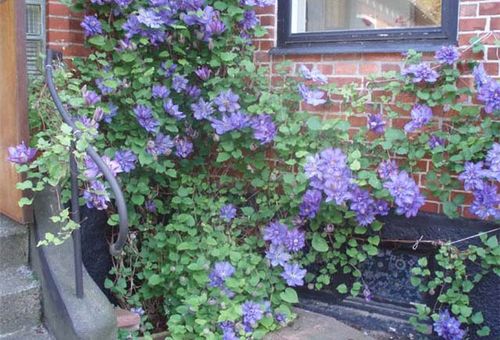
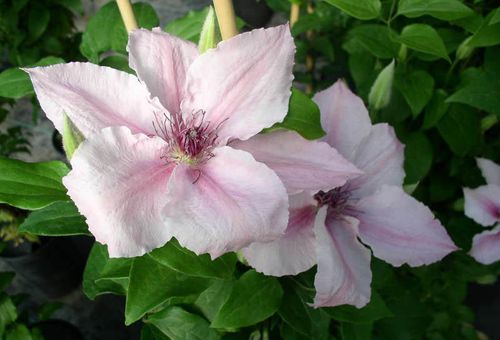
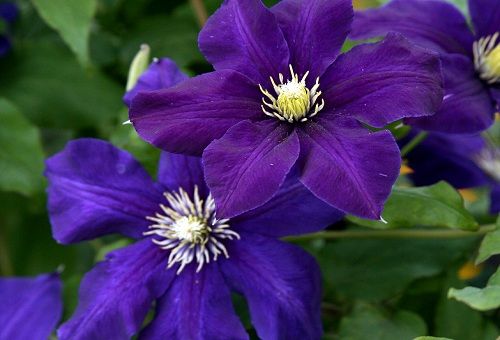
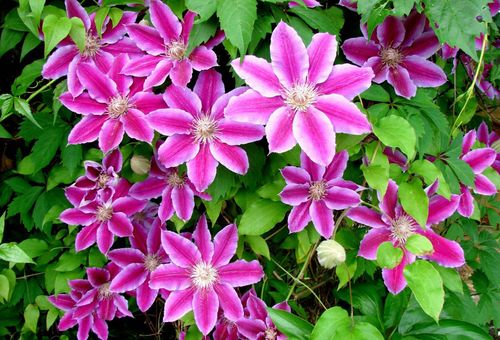
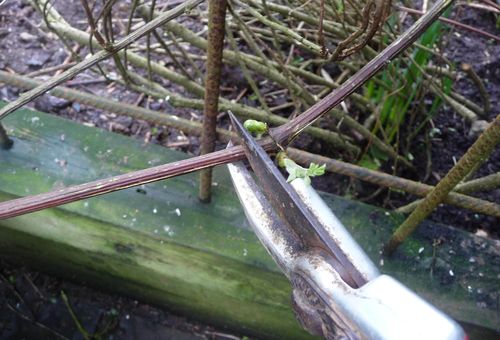
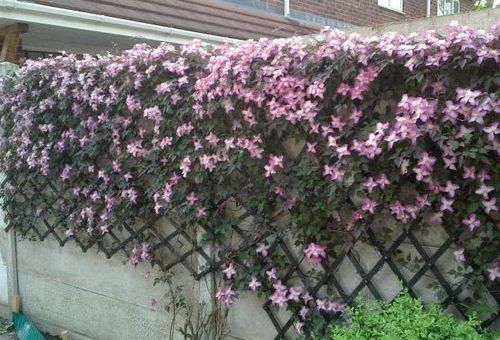
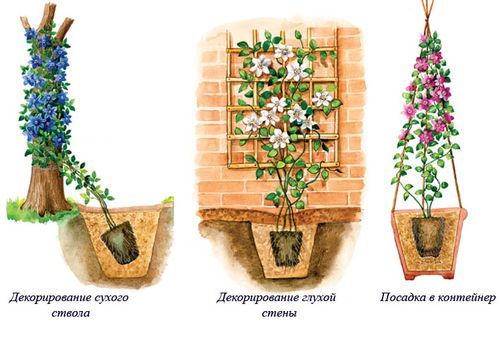
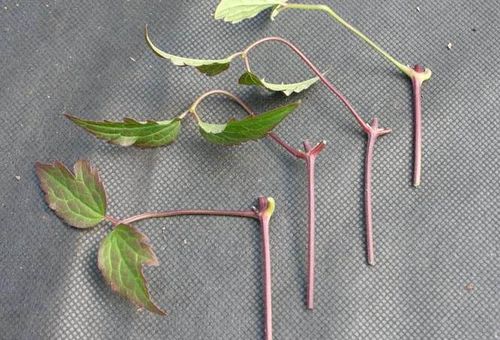
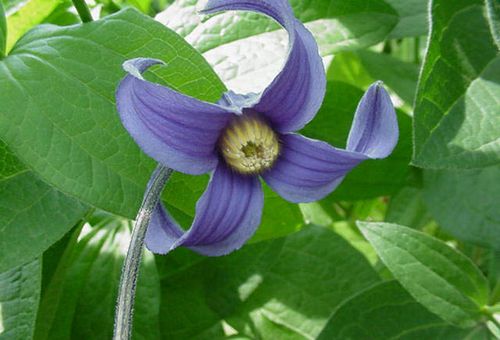
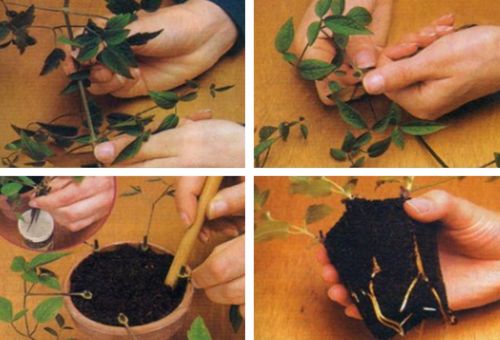
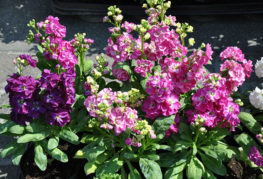
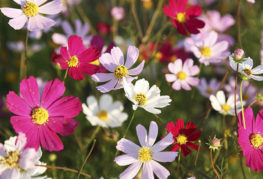
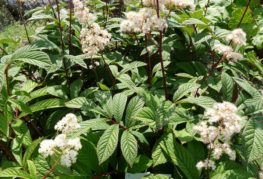

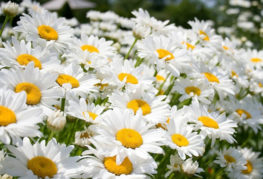
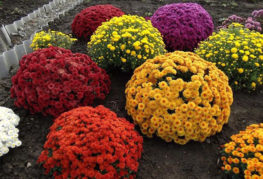
and will be published shortly.